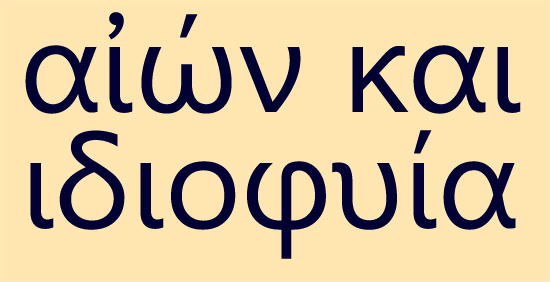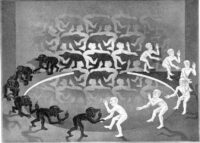As living beings we naturally gravitate to other animate things, like plants and pets that become companions in our homes and lives. The feelings we have for inanimate objects can become strong as well; possessions gain value–sentimental, economic, historic–and we protect and ensure their safety. It appears that human beings prize existence itself in all its forms, animate and inanimate, which is not surprising since we ourselves are comprised of and dependent upon varied ingredients, organic and inorganic.
Take iron, for example. The Eiffel Tower is built of iron, an inorganic mineral generally derived from ore but also found in meteorites. We use iron in the manufacture of steel, and iron plays a featured role in human history. Moreover, our bodies require iron, which is essential for the formation of hemoglobin, a component of human blood that transports oxygen to all the living cells in our bodies. And iron is not the only mineral we need; many other minerals are essential to human health. Calcium, magnesium, chromium, and a wide range of other minerals play critical roles in metabolism, energy production, bone growth, and the healthy functioning of the body.
Another of the inanimate elements we absolutely need is oxygen. And of course, water, the very stuff of life itself, is nothing more than hydrogen and oxygen. When you get right down to it, living organisms are essentially comprised of non-living matter. At our deepest, sub-atomic level, we are comprised of the same components as everything else: various “flavors” of quarks, gluons, electrons and the atoms of which they are part. Those atoms, look very much like other atoms, whether from animate, living things or things we consider to be inanimate, not-living. This raises the question, what exactly is life?
How inanimate, non-living matter coalesces into animate, living organisms remains a mystery. Whether it is a function of chemical complexity, unique emergent conditions or the expression of an underlying universal force of consciousness is unknown. The ancient Greeks believed human life was a combination of two components: a life force, which they called “aion,” and the inspiration of a divine entity they called “genius.” One’s genius entered the animated living body, took up residence, provided willful inspiration and upon death would depart. This conception of “genius” somewhat parallels the contemporary notion of “soul”, a divine or sacred entity within each of us.
Somewhere along the way, modern human beings lost touch with sacredness. We began to treat the world of inanimate objects as if it were garbage rather than the foundation of life itself, to mistreat the soul and the body of the world, to degrade, poison and despoil instead of to value, nourish and treasure. We callously designated our living world “natural resources,” as if its purpose was purely mercantile, available simply for material pleasure and profit. Today, we are facing the results of our foolish stupidity as the earth adjusts to our selfishness with non-linear feedback loops rapidly altering climate and ecological balance.
The earth will abide, as it has for billions of years, but as naturalist Sir David Attenborough recently noted, human society may not last terribly long, which is pitiable, for we are capable of great realizations, fine accomplishments, beauty, compassion and creativity. To have squandered our genius and the divine spark of life for the sake of mere money is pathetic.






Meh. As with the dinosaurs, in another few million years it will be difficult to find a trace of Home Sapiens, presuming anyone or anything in the vastness of the universe would even bother looking.
According to No Way’s rationale, people should not worry about moral dimensions of meat eating or hunting, bc it all has no ultimate significance. We might as well all become criminals.